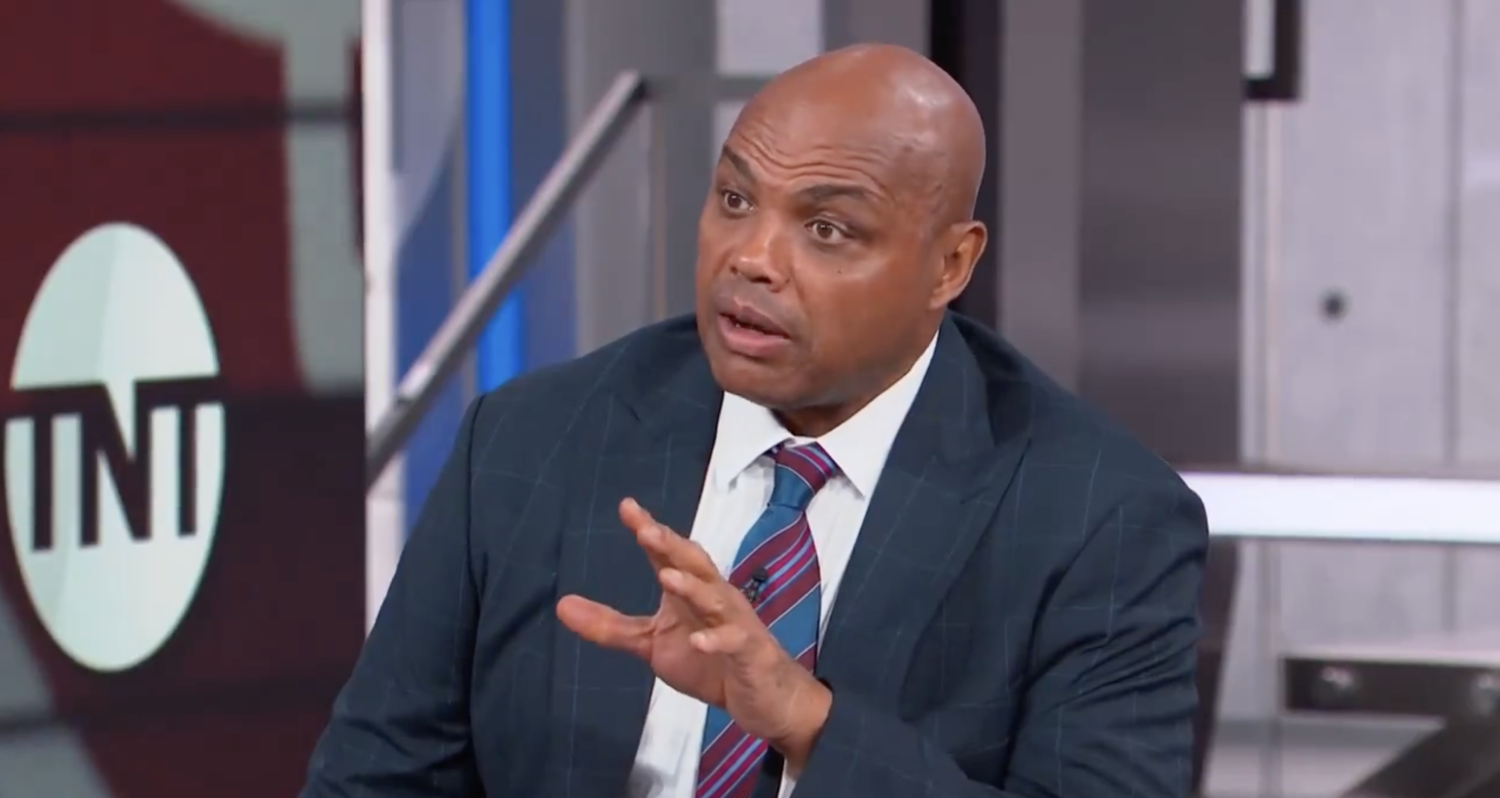The Nielsen cable coverage estimates have always made for interesting reading when it comes to both sports networks and to the larger cable universe, illustrating both short-term and long-term trends for particular networks. We last saw these in May when Sports TV Ratings’ Robert Seidman posted about them, but Awful Announcing has now obtained the estimates for July and August. Here’s the full table of those estimates, with a sports table following (all numbers in thousands of households, and keep in mind that the numbers for a particular month come early in that month):
Here’s an updated version of our English-language cable sports and sports-adjacent networks (the latter category includes TBS and TNT, which carry a fair bit of sports but also other programming) chart; the new data is the July and August 2018 numbers, with changes now calculated for July-August, for May-August (since our last post on this), and for February 2017 (the first time we covered this) to August 2018. For networks where we didn’t have February 2017 data, that change column reflects the earliest data we have on them to August 2018.
As noted at the bottom of the first table, both the traditional cable-plus and total multi-channel (counting some digital multichannel video providers, or MVPDs) numbers saw a decrease from July to August, falling 166,000 and 384,000 respectively to 95,870,000 and 92,258,000 homes respectively (out of 119,000 U.S. TV homes). That suggests cord-cutting is continuing, and that makes it not surprising that the overall trend for both sports and non-sports networks remains down. All of the big sports networks posted significant July-August losses, with ESPN (-290,000), NBCSN (-224,000) and FS1 (-147,000) each taking hits. ESPN remains in the lead amongst those three when it comes to remaining subscribers with 85,895,000, while FS1 (83,286,000) is back ahead of NBCSN (83,281,000). Keep in mind that these are estimates, though, and that those particular ones are close enough as to be identical with any sort of margin of error.
The even more notable changes may be at some of the smaller networks. The biggest loss from July to August in this table came at ESPNU, which fell by 632,000 estimated subscribers. It’s also down 1,404,000 subscribers since May, more than any other sports network. (However, there’s an important caveat to that coming up later.) The second-biggest drop came at the Big Ten Network, down 350,000 subscribers from July to August and down 1,000,009 since May, and currently involved in a carriage fight with Comcast that could see it drop even further. (Of course, though, the network’s biggest draw, college football, is about to start, so they may also see some gains from people upgrading their cable tier to get BTN for football season.) Meanwhile, while MLB Network (+667,000) and NFL Network (+128,000) saw some nice month-to-month gains, they’re still down (-566,000 and -712,000) respectively since May, and MLBN has seen the biggest subscriber loss (-6,540,000) of these sports networks since February 2017.
So, about that ESPNU caveat. For the first time this month, Nielsen’s data includes a table of “Total Distribution for Networks participating in vMVPD Non-Linear DAI.” What that means is that these networks are separately encoding a feed for some digital multichannel video providers (we don’t know for which ones, but digital MVPDs out there include SlingTV, DirecTV Now, etc) that has dynamic ad insertion, and Nielsen is tracking how much those non-linear feeds boost their numbers. ESPNU is the only sports channel tracked here, and it has a significant change as a result.
The latest
Overall, though, the pay-TV universe does appear to be continuing to shrink, even when digital MVPDs are considered. That adds to the impetus for networks to find additional revenue sources, in some cases with direct-to-consumer subscription offerings such as ESPN’s ESPN+, Turner’s B/R Live and NBC’s NBC Sports Gold. The pay-TV universe is still pretty large overall, though, and is still the most critical part of the game for these networks at this point; it’s also not retreating as fast as some had figured. But the trend is downward, and that’s the case across pretty much all sports networks.
All data ©Nielsen (data provided by a variety of TV network sources and not directly from Nielsen).






